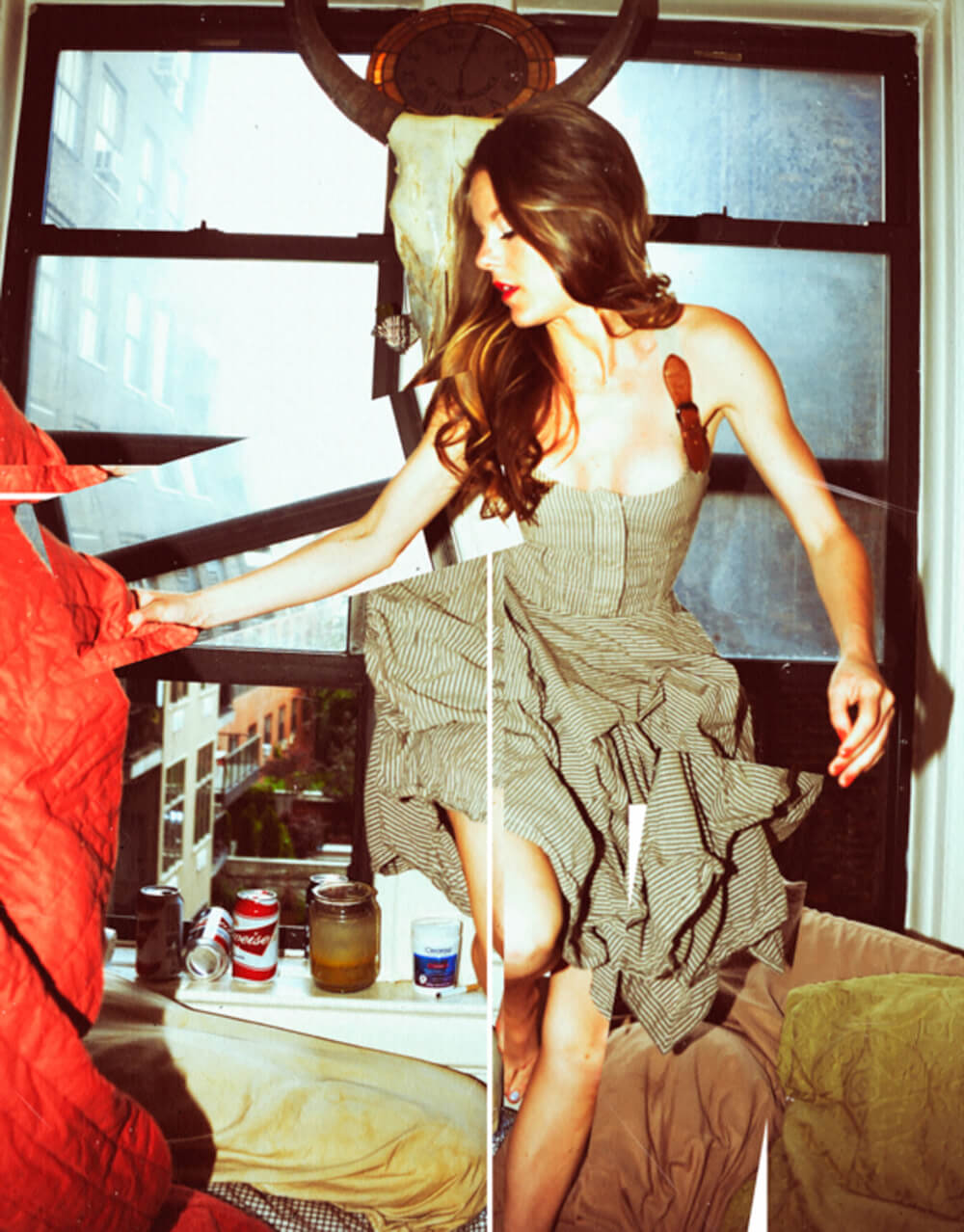Sam Heydt (born April 20, 1986) is an American social practice and recycled media artist born/raised in New York City. She has lived/worked in Paris, Venice, Amsterdam, Athens, Buenos Aires, Sydney, Reykjavík, Udaipur and Vienna [current]. As a published author, producer and lifelong social activist and environmentalist, Heydt has undertaken a range of altruistic, non-profit work and anchors her practice in advocacy. Through her unique manner of expression, she illustrates a world exploited beyond use and increasingly reduced to a bottom line. Esteemed as one of the pioneers of the recycled media movement, she works across different media- film, video, installation, photography, sculpture, sound and text and employs a range of materials, often reinventing and trespassing their associative use. Marrying images of destruction with portrayals of the American Dream, her work confronts the disillusionment of our time with the ecological and existential nightmare it is responsible for. Heydt's work has been shown in galleries, museums, art fairs and film festivals worldwide.
Statement
The edge is closer than we think, but illusion won't free us from reality, even as the sustained narrative of tabloids becomes history and the myth of progress continues to perpetuate inequality. As the natural world is liquidated and substituted with an artificial one, public discourse is being defined by even narrower bandwidths Our time is marked by mass extinction, product fetishism, diminishing resources, and patented seeds. The skeletons of old factories serve as caveats for a world exploited beyond use, a world increasingly reduced to a bottom line. Dissidence is drowned out by the white noise of the media, which holds the social psyche captive in with the empty promises it proposes for the future it truncates. Working across different media- film, video, installation, photography, sculpture, sound and text, Heydt presents an abstract proposition for a world on the periphery of history, one that not only appears haunted by the ghosts of the past, but built on it. Conflating time and place, her layered imagery collides, merges and disrupts logical relationships between occurrences. Through adding and subtracting meaning by combining images of destruction with portrayals of the virtues born from the American Dream, Heydt confronts the disillusionment of our time with the ecological and existential nightmare it is responsible for.
